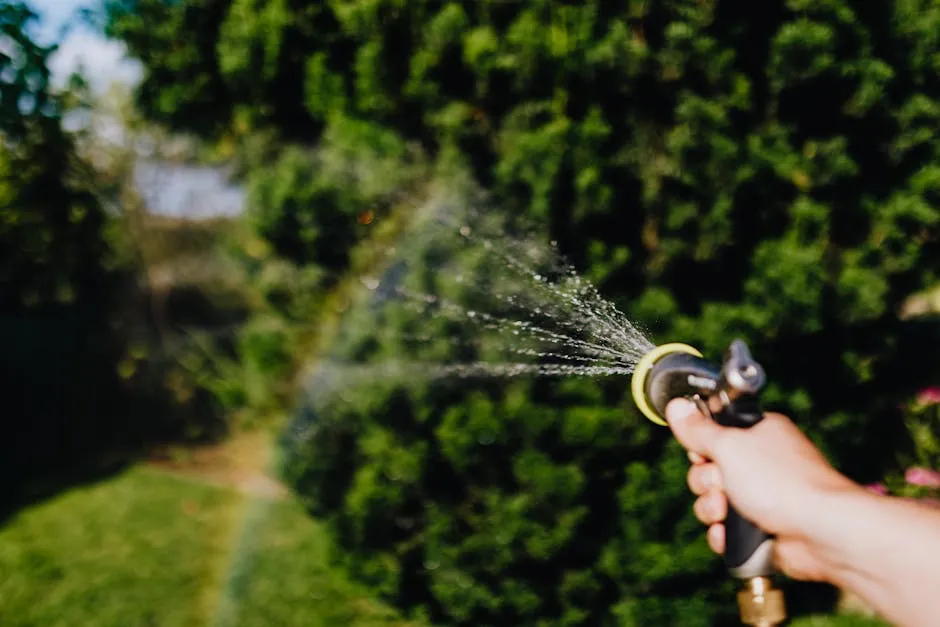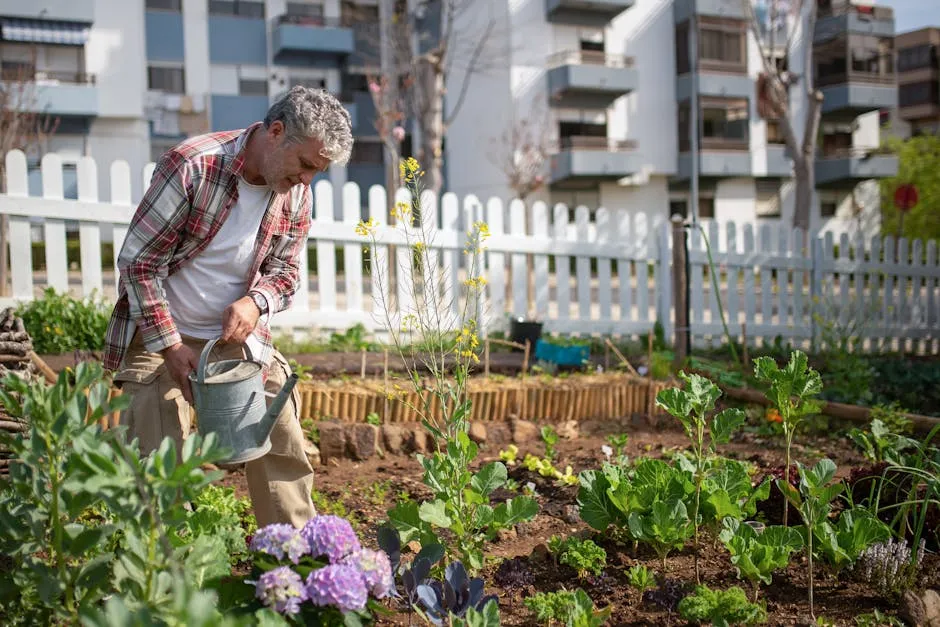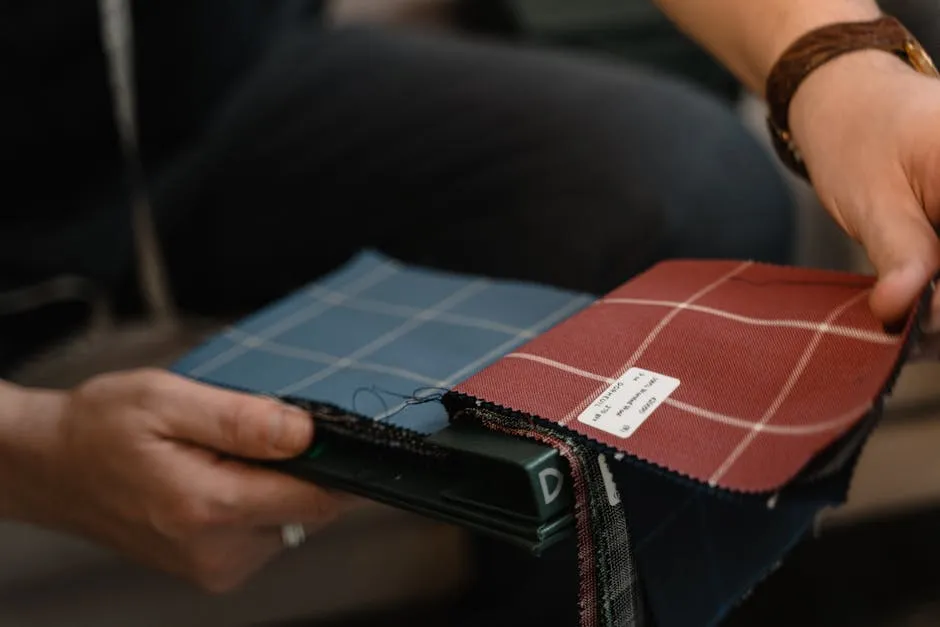

Best Practices for Using an Expandable Garden Hose in Dry Climates
Introduction
Expandable garden hoses have gained popularity among gardening enthusiasts. Their lightweight and flexible design makes them easy to handle. However, using hoses in dry climates presents unique challenges. Water conservation becomes crucial, and hose durability can be compromised. This post highlights best practices to help you maximize your expandable garden hose’s effectiveness in these conditions.
Learn how to design a rain garden for effective water conservation.
Summary and Overview
Expandable garden hoses offer several advantages. They are flexible, lightweight, and easy to store. These features make them ideal for various gardening tasks. However, dry climates pose challenges like higher evaporation rates and wear and tear. To address these issues, we will discuss key best practices for enhancing the lifespan and efficiency of your hoses.
Speaking of durability, consider investing in a UV-Resistant Garden Hose. It can withstand harsh sunlight and last longer, ensuring that your watering tasks remain hassle-free.

Best Practices for Using an Expandable Garden Hose in Dry Climates
1. Proper Storage Techniques
Storing your expandable garden hose correctly is vital for its longevity. Always keep your hose in a shaded area. This prevents harmful UV damage that can deteriorate the materials. Consider using a hose reel or hanger to avoid kinks and tangles. A well-coiled hose is easier to manage and reduces wear. Ensure the hose is completely dry before storing it away. Water left in the hose can lead to mold growth. Studies show that UV exposure can decrease a hose’s lifespan by up to 50%. Take a moment to evaluate your storage practices and make necessary adjustments.

For more on maintaining your garden hose, check out our guide on garden hose reels.
2. Draining the Hose After Use
Draining your hose after each use is essential for preventing mold and freezing. Always make sure to empty all water from the hose. To do this, disconnect it from the water source and allow gravity to work. Store the hose in a position that facilitates complete drainage. You can even elevate one end to assist in this process. Stagnant water can lead to bacterial growth, which can contaminate your plants. Establish a routine of draining your hose after every use to keep it in top shape.

3. Monitor Water Pressure
Water pressure plays a crucial role in your expandable hose’s performance. If the pressure is too high, it can lead to a hose burst, which is frustrating and wasteful. Most expandable hoses work best at a pressure of 40 to 80 PSI. Exceeding this range can cause leaks or ruptures.
Watch for signs of excessive pressure, like bulging areas or leaks. If you notice these, reduce the flow immediately. A pressure gauge can help you monitor water levels effectively. Installing a pressure regulator can also ensure you stay within the safe limits. By keeping an eye on water pressure, you can extend your hose’s lifespan and maintain its efficiency.

4. Avoiding Abrasive Surfaces
Using an expandable garden hose on the right surfaces is essential for its longevity. Always lay the hose on soft, flat ground. Avoid dragging it over sharp rocks, gravel, or rough surfaces, as this can cause abrasions.
Abrasions can significantly shorten your hose’s lifespan. Research shows that hoses exposed to such conditions can wear out up to 50% faster. To protect your hose, consider using a hose connector set or holder. These tools minimize contact with damaging surfaces. Take a moment to assess your gardening area and plan accordingly to keep your hose in great shape.

5. Regular Inspection and Maintenance
Regular inspections are key to extending your expandable hose’s life. Check for signs of wear, such as leaks or cracks. Early detection can save you from more significant problems later.
Conduct a thorough check at the beginning and end of each gardening season. Statistics indicate that neglecting maintenance can lead to hose failure in over 30% of cases. To maintain your hose, clean it regularly and store it properly. Make a habit of inspecting fittings and connections, tightening them as needed. By scheduling regular checks, you can ensure your hose remains a reliable gardening tool for years.

6. Proper Use Techniques
Using your expandable garden hose efficiently is key, especially in dry climates. Start by attaching a nozzle to your hose. This helps control water flow and reduces wastage. Did you know that a running hose can waste up to six gallons of water per minute? That’s a lot!
Aim to water your plants during cooler parts of the day, like early morning or late evening. This timing minimizes evaporation, allowing more water to soak into the ground. By watering less during the hottest hours, you’ll keep your garden hydrated without wasting precious resources.
Implementing these smart watering habits can lead to significant water conservation. Make it a point to adopt these efficient techniques. Your garden will thank you, and so will the environment!

For more on effective watering methods, check our article on best practices for watering container gardens.
7. Choosing the Right Hose Length and Material
Selecting the right hose length and material is crucial for your garden’s needs. First, consider your garden size. For smaller gardens, a shorter hose may suffice. But if you have a larger area, opt for a longer hose to reach all parts without hassle.
Materials matter too! Look for hoses made from durable, UV-resistant materials. These hoses withstand harsh sunlight and last longer. For example, latex inner layers combined with outer textiles offer flexibility and strength.
Research shows that UV exposure can significantly reduce hose lifespan. Choosing the right material can extend its longevity. Evaluate your current hose and consider upgrading if it shows signs of wear. A durable hose makes your watering tasks easier and more efficient!

FAQs
How long do expandable garden hoses last in dry climates?
Expandable garden hoses can last several seasons with proper care. Factors like UV exposure, water pressure, and storage conditions influence their longevity. Regular maintenance, such as draining after use and avoiding abrasive surfaces, can extend their lifespan significantly.
Can I leave my expandable hose outside in the sun?
Leaving your hose exposed to direct sunlight can damage it over time. UV rays degrade the materials, leading to cracks and leaks. It’s best to store your hose in a shaded area or indoors when not in use.
What are the best materials for hoses used in hot, dry areas?
Look for hoses made from UV-resistant materials, such as reinforced latex or durable textiles. These materials withstand heat and prevent damage from sun exposure, ensuring your hose lasts longer in dry climates.
How can I fix a leak in my expandable garden hose?
To repair a leak, start by identifying the damaged area. Cut out the affected section using scissors. Then, insert a hose repair connector to join the two ends. Tighten securely and test for leaks before using the hose again.
Is there a specific way to wind my expandable hose for storage?
Yes! Use the over/under method for coiling your hose. This technique helps prevent kinks. Start with a loop, then alternate the direction of each subsequent loop. Store the coiled hose on a hook or reel to keep it tidy and ready for use.
Don’t forget to equip yourself with a pair of durable garden gloves to protect your hands while you’re at it! After all, a gardener’s hands are their best tools.
Please let us know what you think about our content by leaving a comment down below!
Thank you for reading till here 🙂
All images from Pexels



